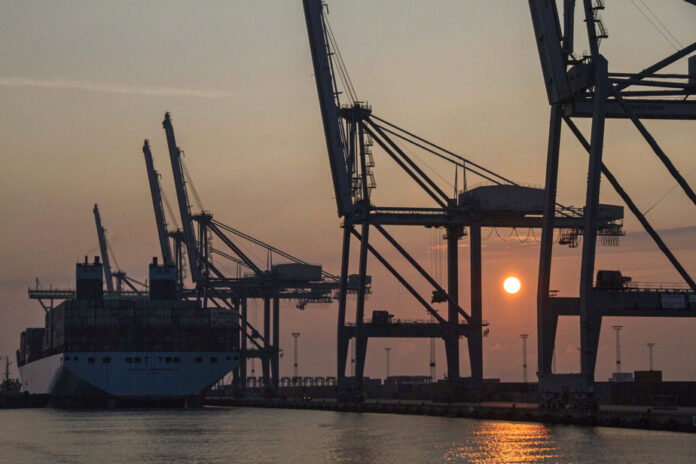(Paris) Better, but in a very difficult international context: the OECD was a little more optimistic on global growth in its latest economic forecasts published on Wednesday, while warning of the “long road” before taking advantage of a sustainable recovery.
“We see a recovery on the horizon, but there’s still a lot of work to break free from the shocks of the past,” Clare Lombardelli, newly appointed chief economist at the Organization for Economic Co-operation and Development, said Wednesday during a press conference presenting the institution’s global outlook.
After three years punctuated by repeated crises, the economy is showing signs of calm, symbolized by the slight increase in the OECD’s global growth forecast, expected for 2023 at 2.7% against 2.6% in March.
According to this report unveiled at a ministerial meeting at the institution’s Paris headquarters, the economy is benefiting from a lull in inflation after an explosion last year due to the consequences of the war in Ukraine on energy and food prices.
The OECD forecasts 6.6% inflation in its member countries this year after 9.4% in 2022. For 2024 it should drop to 4.3%.
This slowdown means that central banks could limit their interest rate increases, which would bode well for access to credit for households and businesses, for consumption, and therefore for growth.
The recent restart of Chinese economic activity after its draconian zero-COVID-19 policy is also bringing some oxygen to the economy, the OECD points out, with growth in China expected this year at 5.4%, an increase of 0.1 point compared to the March forecast, and 5.1% next year (0.2 point).
The OECD forecasts 0.9% growth in the euro zone this year (0.1 point), thanks to a revaluation of Italian GDP growth to 1.2% (0.6 point). French growth should reach 0.8% (0.1 point) and Germany is expected with zero growth (-0.3 point).
The United Kingdom could show 0.3% this year, where the OECD previously predicted a recession.
Outside Europe, US GDP is expected to grow by 1.6% and India’s by 6.0%, both up 0.1 points.
Despite the few encouraging signs, the global economy “faces a long road” before achieving “strong and sustainable growth”, tempered the chief British economist.
“The recovery will be weaker compared to past standards,” she also points out, noting that at 2.9%, the global growth forecast for 2024 was left unchanged from March.
Among the challenges cited by the OECD is the persistence of inflation excluding energy and food which “remains stubbornly high” and requires central banks to “maintain restrictive monetary policies until there are clear signs of appeasement, notes Ms. Lombardelli.
However, high interest rates prevent the world economy from growing more strongly, by reducing the distribution of credit and encouraging savings rather than consumption.
“The period we are going through is characterized by slow growth, but that is what policymakers who aimed to dissipate inflationary pressures wanted,” said HSBC economist James Pomeroy to AFP.
According to him, “we have not yet seen everywhere the effects of interest rate increases on the economy”, which could be felt in the coming months in the euro zone and the United States and weigh further on the growth.
On this point, “Central banks should not tighten policy too much to the point that it has a bigger impact on growth than necessary,” said Lombardelli, acknowledging that they face “a delicate balance”.
The rate hikes also weigh heavily on the public finances of the States by increasing the cost of their borrowing, which increases their debt, which is already largely dug by repeated crises.
“Nearly all countries have higher deficits and debt than before the pandemic, and many are facing growing pressures on public spending related to aging populations, climate transition and the burden of the cost of debt” , notes the report, which encourages States to target their budget support more.















